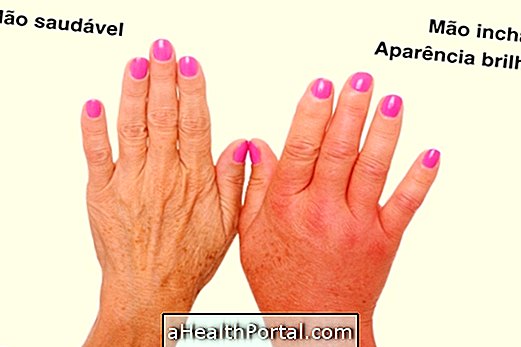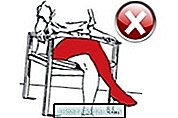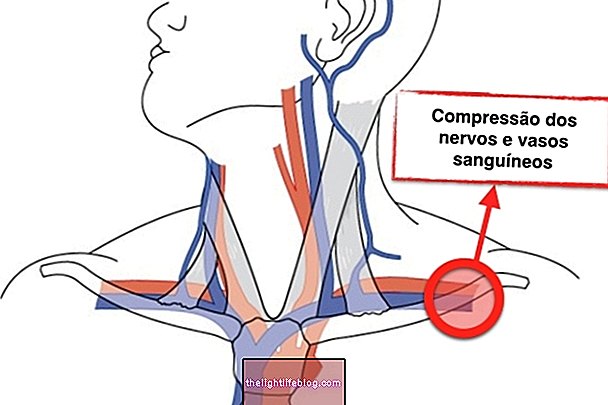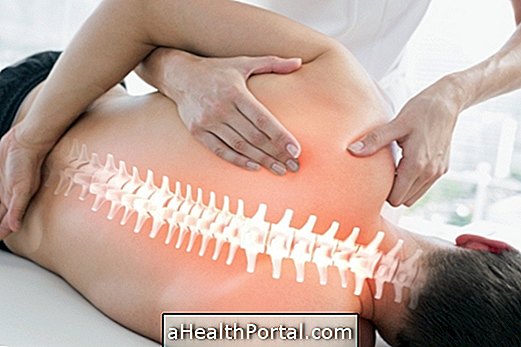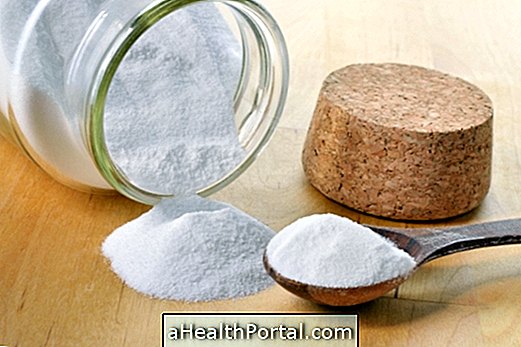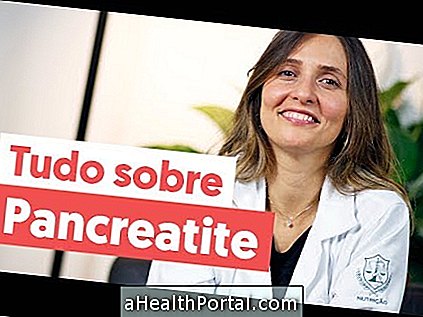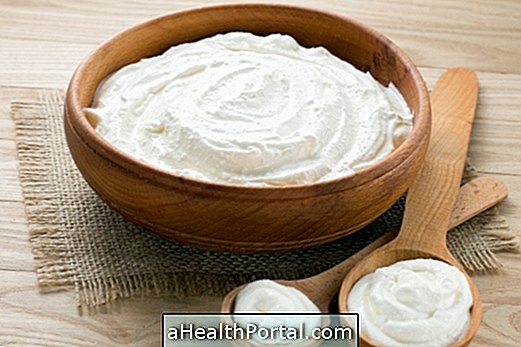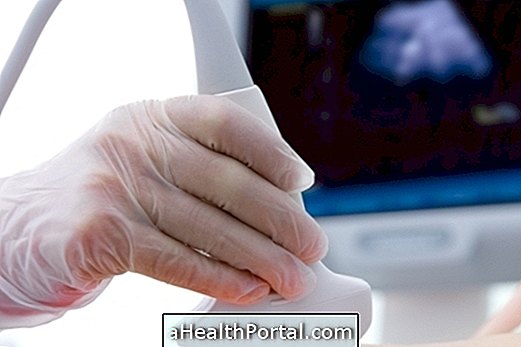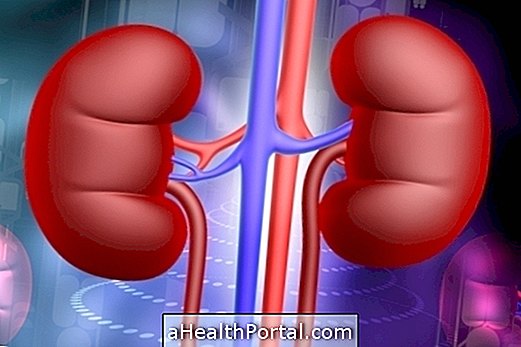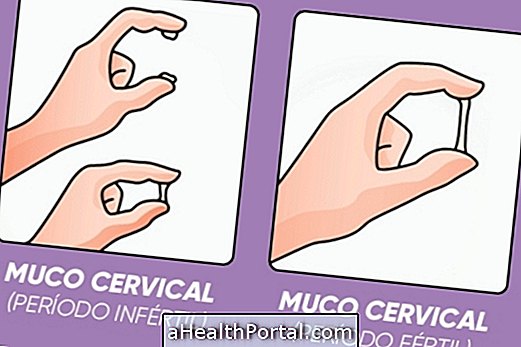Surgery is indicated to remove Morton's Neuroma, when infiltrations and physical therapy were not enough to decrease pain and improve the person's quality of life. This procedure should completely remove the lump that has formed, and can be performed in the following ways:
- Cut in the top or bottom of the foot to remove the neuroma or just remove the ligaments in order to increase the space between the bones of the foot;
- Cryosurgery consisting of applying temperatures between 50 and 70ºC negative, directly on the affected nerve. This leads to a destruction of part of the nerve preventing it from generating pain and this procedure generates fewer postoperative complications.
Whatever the type of surgery, it can be performed on an outpatient basis under local anesthesia and the individual can go home on the same day.
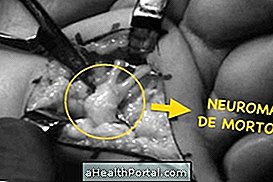

How is recovery from surgery?
The recovery is relatively fast, right after the procedure the foot will become swollen and the doctor will bandage the foot so that the person can walk supporting only the heel on the ground and with a crutch. It is not always necessary to remove the points of the surgery, being the doctor's choice. In about 1 week you should return to physical therapy so that you can recover faster from surgery, reducing discomfort and swelling of the foot.
The person should not put his or her toe on the floor for the first 10 days or until the wound is fully healed, as this may take more time in some people. During this time, the person should stay with his / her foot elevated for as long as he / she can, being important to remain with his / her leg on a chair whenever he / she is seated, and place cushions under the leg and feet when lying down.
On a day-to-day basis you should wear a baruk shoe that is a type of boot that supports the heel on the floor, just taking it out for bathing and sleeping.
Although recovery is best when surgery is performed on the upper part of the foot, in about 5 to 10 weeks a person can wear their own shoes and must be fully recovered.
Possible Complications of Surgery
When the surgery is performed by an experienced orthopedic surgeon, there is less chance of complications and the person recovers quickly. However, some complications that may occur are nerve involvement that causes alteration of the sensitivity in the region and toes, residual pain due to the presence of the neuroma stump or area healing, and in the latter case, a new neuroma, and to prevent this from happening it is important to do physiotherapy sessions before and after surgery.
